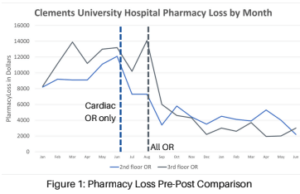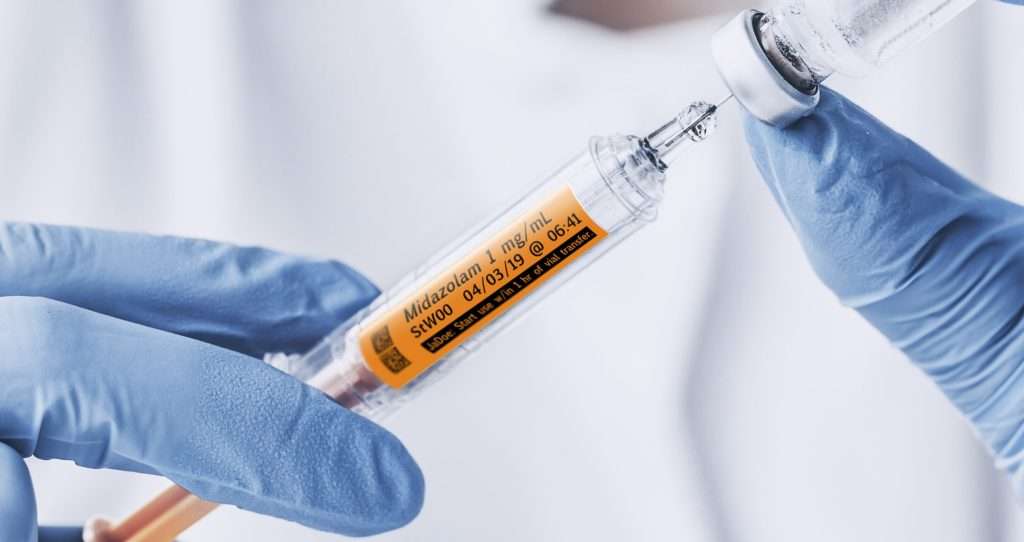Accurate Labeling Reduces Errors, Boosts Revenue.
Imagine you had a medication labeling system that could help increase charge capture, improve compliance with labeling, and potentially reduce medication errors with minimal lift from the pharmacy department.
Vigilant, a labeling company started by an anesthesiologist, has done exactly that. In the operating room, providers have a very unique workflow that not only affects medication safety but also costs.
A 2016 study on perioperative errors showed that 24.2 % of Operating Room medication errors could be related to poor labeling. In 2022, ISMP rolled out a set of guidelines aimed at improving medication safety within the OR. Among the guidelines released, there was emphasis on eliminating handwritten labels from the OR.
Simplified labeling processes may increase the chance of labeling medications and therefore reducing medication error events. Unique OR processes, drug shortage pressures, and limited resources to allow for prefilled syringes are rampant in the hospital. Vigilant is filling the gap by increasing medication labeling compliance while ensuring minimal lift from the pharmacy
department.
Cost Effective Equipment and Minimal Human Capital
The Vigilant system uses thermal printing which results in consistent print quality. Thermal printers do not rely on liquid ink, eliminating the risk of smearing and legibility errors. The absence of moving parts in thermal printers also reduces the likelihood of mechanical failures, contributing to increased reliability and durability.
Current innovations within the medication use process tend to come with heavy lift requirements from the pharmacy department. The Vigilant system is intended to minimize the burden and is very easy to use and update. The software is automatically updated with new medications (NDCs) as listed by the FDA database. The drug library updates are either manual or through the network. This is based on hospital preference. OR medications tend to stay consistent which results in minimal drug library and potential interruptions in care.
Ease of Customization
The Vigilant software can be customized to specific procedures, while labels can be colorcoded. This is especially useful in the OR. A typical obstetrics case will use the same set of medications as compared to orthopedic procedures. Safety organizations, including ISMP,APSF, and various studies, recommend a uniform standardization of processes. The Vigilant system allows the customization of drug lists tied to the surgical procedure (similar to the EHR order sets), enhancing patient safety by only printing medication labels relevant to the case. In addition, the beyond use date (BUD) can be printed on the label or left blank if desired. These aspects help to promote compliance with USP 797, Joint Commission and others.
Improved Charge Capture and Easier Drug Diversion Audits
The Vigilant system has been proven to increase charge capture and increase OR Cost revenue as shown in a UT Southwestern study (example shown below). The study showed that Vigilant’s solution decreased medication lost charges by 70%, increasing revenue for the hospital. The barcode on the syringe drives up EHR documentation with minimal provider effort.
ASHP pre-operative guidelines recommend random auditing of post operative drugs. Since users scan their badges, the label is pre-populated with details of the clinician drawing up the medication. This may enhance the current drug-auditing process.
The Vigilant system is portable and is designed to improve medication safety and compliance by enhancing labeling regardless of provider intentions, limited resources or constantly changing work suppliers or environments. The solution is simple, but the results change lives for the better.
Contact us here to increase medication labeling, improve medication safety and potentially increase charge capture!


